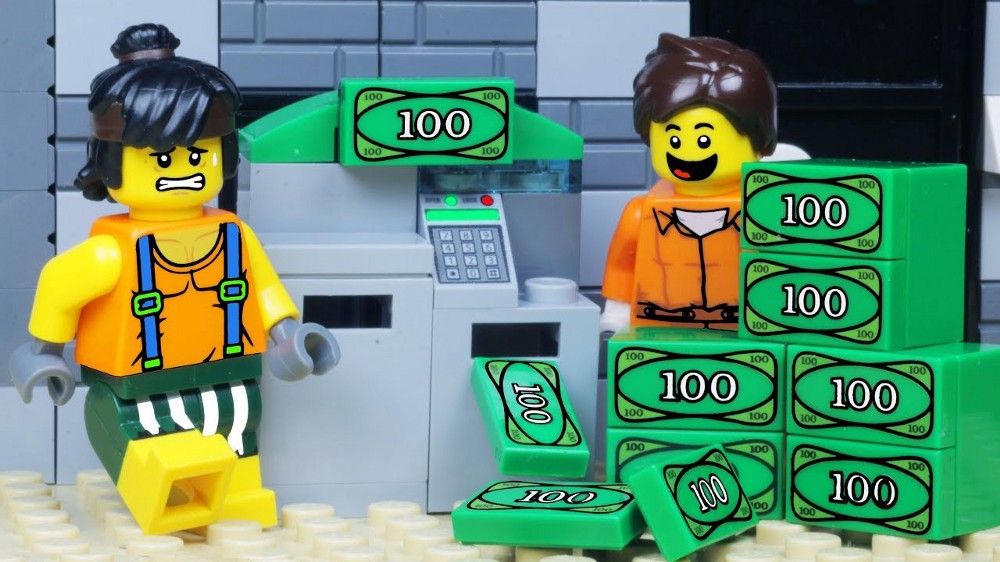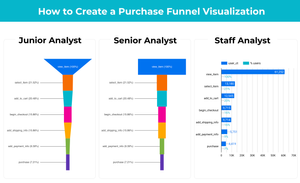It’s been a long time since I set up a Google AdWords campaign from scratch myself. So when I helped my husband launched one to promote his Lego part identifier tool, a very niche product perfect for AdWords campaigns, I noticed a couple of things that can make one easily and quickly lose money to the platform without comparable returns.
Based on my experience, below are the things you should look out for 👇.
Daily Budget is not Daily Spending
The daily budget you set is not the upper ceiling of your daily spending, it’s an average daily budget. Your daily spend will vary per AdWords’ optimization. The setting only makes sure you won’t pay more than your monthly limit, which is daily budget * days in the month.
A daily budget of $10 = Monthly maximum spending of ~$310

The actual daily spend can be up to 2x the daily budget. The implication is that (i) you might use up your monthly budget earlier (ii) the daily budget cannot prevent you from messing up big in the beginning (as it’s not a daily upper spending limit) if campaigns were not set up right.
Recommendation: If you need to control spending, set up a total budget and end date for the campaign.
Search and Display Network?
Part of what motivated me to write this post was the sudden spike in clicks I noticed today. You can see 76 out of 92 clicks happened between 8 AM — 9 AM, very low-quality traffic based on our web analytics, but can quickly increase my spending in 1 hr if it were not for the low CPC.

At first, I thought it’s a bot. Then I dug deeper and realized that I accidentally included Google Search and Display Network in my ad placement, I thought Google Search network = Google Search (apparently not).
So what exactly are search and display networks?
- Google Display Network: a collection of websites — including specific Google websites like Google Finance, Gmail, Blogger, and YouTube — that show ads. This network also includes mobile sites and apps.
- Google Search Network: a group of search-related websites and apps where your ads can appear.

Per the definitions, you can see there are not a lot of transparency and control over these networks. You would not know until you spend money on it. The majority of clicks to my sites are from gaming apps in Google Display Networks that Google deemed relevant to my ads but are actually not.
Recommendation: keep a very close eye on the quality of traffic from these networks. You are likely to have a higher volume of click-throughs with this wider reach but can potentially eat up your budget quickly with low ROI.

AdWords Keywords Matches
One of the most effective tactics of “nudging” is to set the option you want others to choose as the default. Google certainly understands that. The default method of keyword matching in Google AdWords is broad match, not used carefully, can make you lose a lot of money and Google earns a lot.
3 types of keywords matches
Example keyword: identify lego piece
- Broad match: ads will show when people search for any of the given keywords regardless of the order of the words. E.g. “lego brick” will show up even though it shows completely different intentions compared to “identify lego piece”.

Broad match will deliver more impressions compared to other matches. However, due to its endless possibilities, it could likely bring in traffic unfit for your product or services.
Recommendation: Neil Pantel recommends start with exact match and phrase match campaigns so you don’t lose money on broad match to begin with, monitor the impression, and expand to broad match if it’s too low.
Ad platforms are getting better and better at using marketing language to conceal the implications of each setting. Hope this post can help you look out for those things in Google Adwords and avoid losing money too quickly




